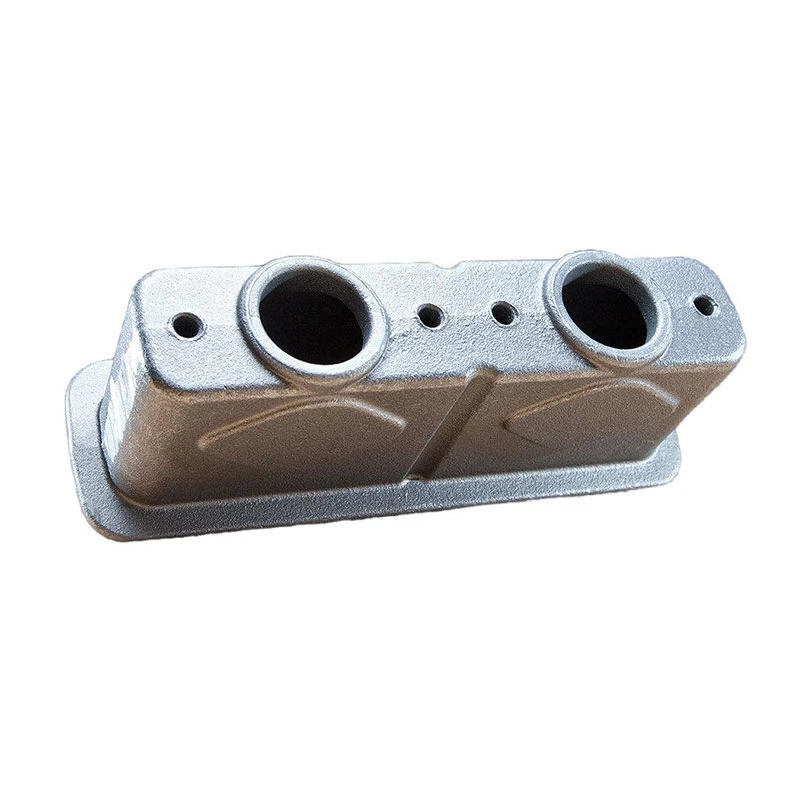Understanding the Impact of Casting Pressure on Material Quality and Performance
Understanding Casting Pressure A Comprehensive Overview
Casting is a crucial manufacturing process used to create complex shapes and components by pouring molten materials into molds. Among the many parameters that influence the casting process, casting pressure plays a vital role. It not only affects the quality of the final product but also impacts the overall efficiency of the casting operation. In this article, we will explore the significance of casting pressure, its implications, and the factors that influence it.
What is Casting Pressure?
Casting pressure refers to the pressure applied to a molten material as it is injected or poured into a mold. This pressure can vary depending on the casting method being used, such as pressure die casting or gravity casting. The primary purpose of applying pressure during the casting process is to ensure that the molten metal fills every crevice of the mold, thereby minimizing defects and improving the quality of the final product.
Importance of Casting Pressure
1. Quality of the Final Product One of the most critical aspects of casting pressure is its direct impact on the quality of the finished component. Adequate casting pressure ensures that the molten material flows smoothly into the mold cavities, reducing the likelihood of defects such as air bubbles, incomplete filling, or surface imperfections. This is particularly important in precision engineering applications, where even minor flaws can lead to significant performance issues.
2. Dimensional Accuracy High casting pressure can help achieve better dimensional accuracy of the produced parts. It allows the material to maintain the shape of the mold more effectively, resulting in components that meet tight tolerances and specifications. This is essential in industries such as automotive and aerospace, where precision is paramount.
3. Production Efficiency Optimizing casting pressure can also enhance production efficiency. By ensuring complete mold cavity filling, manufacturers can reduce the number of rejects and rework required due to defects. This not only saves time but also reduces material wastage, leading to cost savings in the long run.
casting pressure

Factors Affecting Casting Pressure
Several factors influence the required casting pressure during the manufacturing process
1. Material Properties The viscosity and temperature of the molten material play significant roles in determining the necessary casting pressure. Thicker materials require higher pressure to flow into the mold, while lower viscosity materials can be cast at lower pressures.
2. Mold Design The geometry of the mold can also dictate the required casting pressure. Complex molds with intricate designs may require higher pressure to ensure that the molten material adequately fills every detail.
3. Casting Method Different casting methods have varying pressure requirements. For instance, pressure die casting relies on high pressure to inject molten metal into the mold, while sand casting may use gravity to fill the mold, resulting in lower pressure requirements.
4. Cooling Rate The cooling rate of the molten material as it fills the mold can affect casting pressure. If the material cools too quickly, it becomes more viscous, which may require higher pressure for proper mold filling.
Conclusion
In conclusion, casting pressure is a fundamental aspect of the casting process that significantly influences the quality, accuracy, and efficiency of produced components. By understanding the intricacies of casting pressure and the various factors that affect it, manufacturers can optimize their casting processes, resulting in superior products. As technology continues to evolve, advancements in monitoring and controlling casting pressure will undoubtedly lead to even greater improvements in casting quality and production efficiency.
-
Precision Casting AI Solution with GPT-4-Turbo | Optimized QualityNewsAug.02,2025
-
Precision Sheet Metal Stamping Manufacturer | Fast & ReliableNewsAug.01,2025
-
OEM Sand Cast Pump Valve Fittings - Baoding Hairun Machinery And Equipment Trading Co., Ltd.NewsAug.01,2025
-
Custom OEM Impellers | High Efficiency & PrecisionNewsAug.01,2025
-
OEM Sand Cast Pump Valve Fittings - Baoding Hairun Machinery | Customization, Quality AssuranceNewsAug.01,2025
-
OEM Sand Cast Pump Valve Fittings - Baoding Hairun Machinery And Equipment Trading Co., Ltd.NewsAug.01,2025















